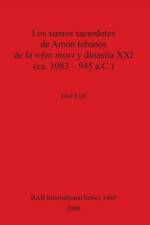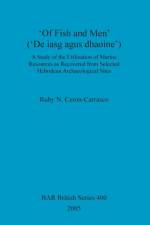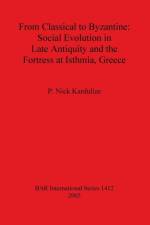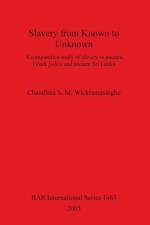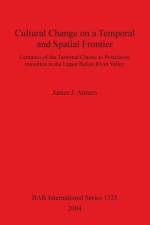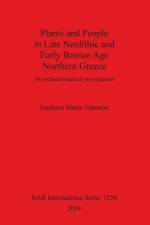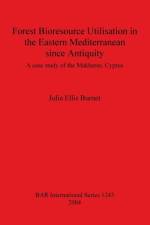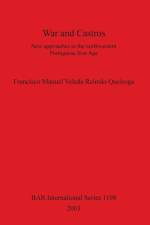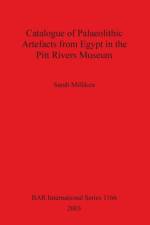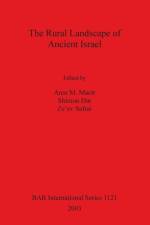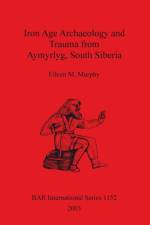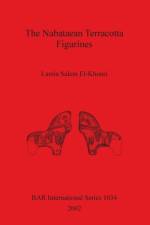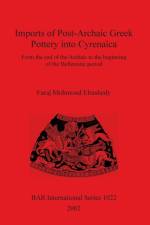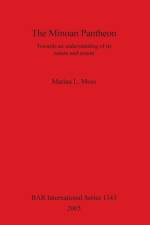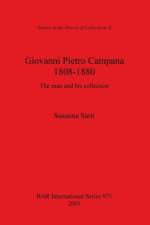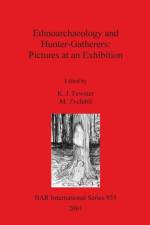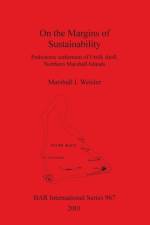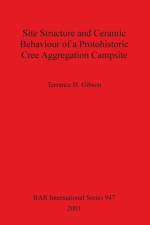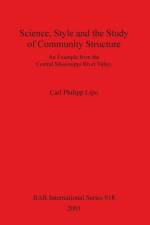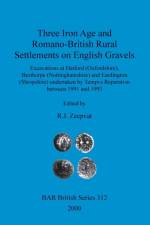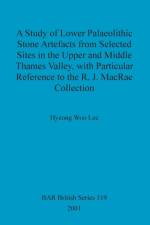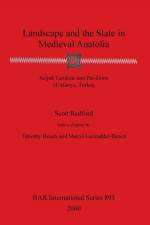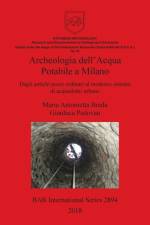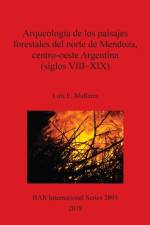av Sarah Milliken
967
This book provides a complete catalogue of the collections of Palaeolithic artefacts from Egypt housed in the Pitt Rivers Museum, Oxford. Though none of these collections derive from excavations, they nevertheless constitute a valuable research resource from both a historical and an archaeological point of view, and additional information is provided in order that this may become clear. The seventeen collections comprise 1009 objects. The founding collection of the Pitt Rivers Museum, which arrived in 1884, included only a handful of such objects, but the numbers dramatically increased during the forty-eight years that Henry Balfour served as Curator (1891-1939). The earliest donations made during this period came from two Oxford graduates, Quibell (1896) and MacIver (1899-1901). These were followed by the collections of Forbes (1900), Garstang (1901), Mace (1904), Hall (1905), the Committee of the Egypt Exploration Fund (1910), Ruffer (1919), Bell (1921), Currelly (1924), Balfour's own small collection (1926), Davies (1926), Evans (1928) and Evans-Pritchard (1934). Henry Balfour died in 1939 and was succeeded by Tom Penniman, and it was during Penniman's term of office that the Seligman Collection was donated in 1940. The last collection, the Bishop Collection, arrived into the care of the fifth Curator, Schuyler Jones, in 1988. The collections fall into two categories: the largest category consists of those artefacts which were collected with a scientific and/or anthropological interest in mind; a much smaller category consists of artefacts collected by 'collectors', be they professional (the Egyptologists) or amateur (Seton-Karr and Ruffer). Among these field collectors, however, one man stands out. Charles Seligman collected everything: tools, cores, waste flakes and even small fragments. Because of his significant role in the development of Palaeolithic archaeology, and because his collection is by far the largest among the Pitt Rivers Museum Egyptian Palaeolithic collections, Seligman therefore constitutes the focus of this study. This book is divided into two parts. The first part provides a historical, archaeological and geographical context for the Pitt Rivers Museum collections of Palaeolithic artefacts from Egypt. The second part of the book consists of three catalogues. These collections represent a significant historical document which covers the first sixty years of Palaeolithic archaeology in Egypt.

